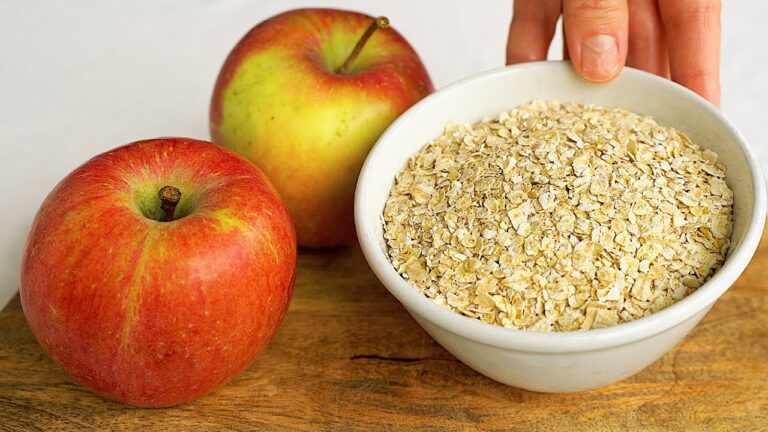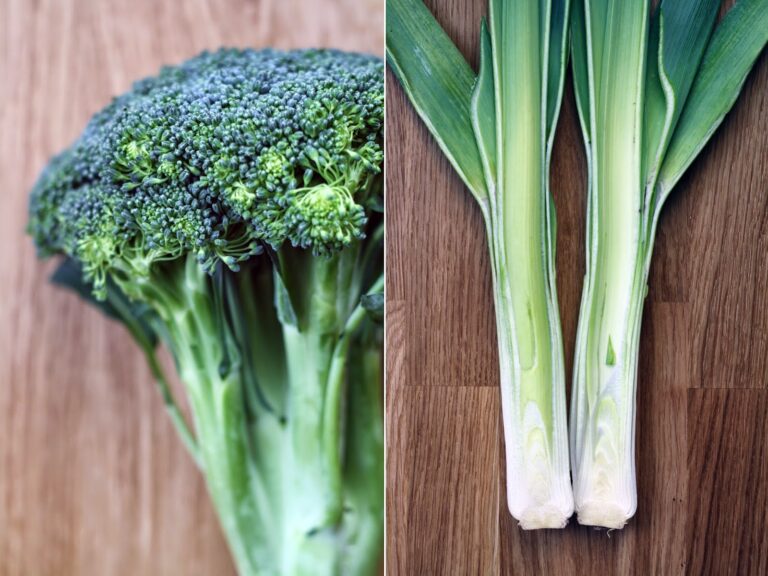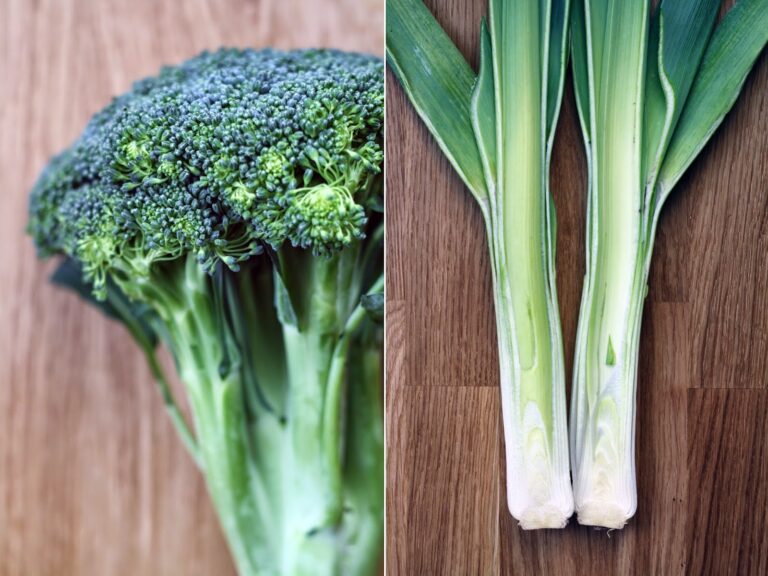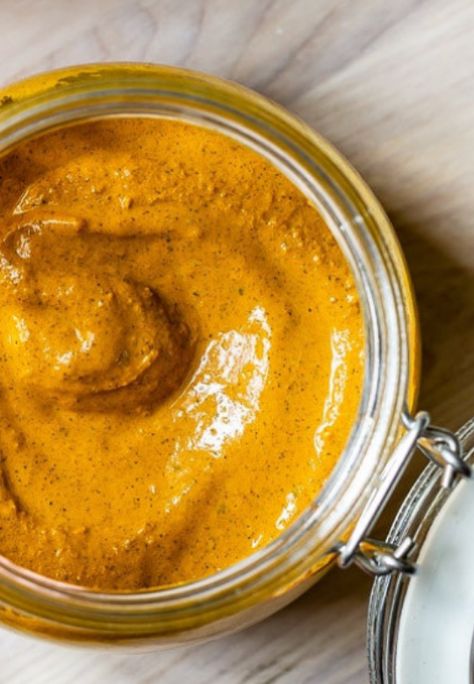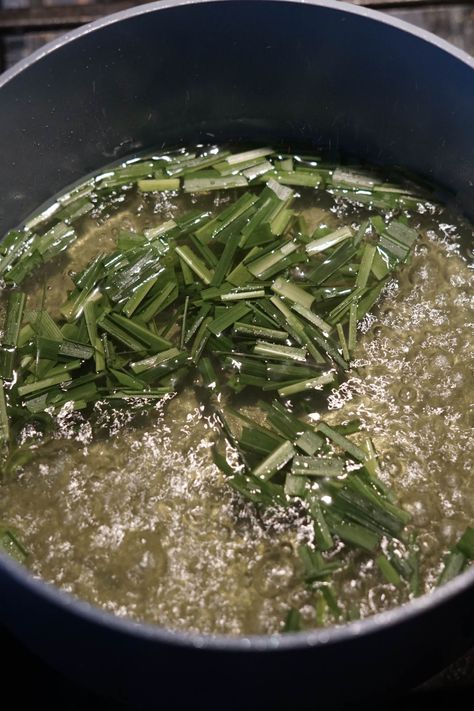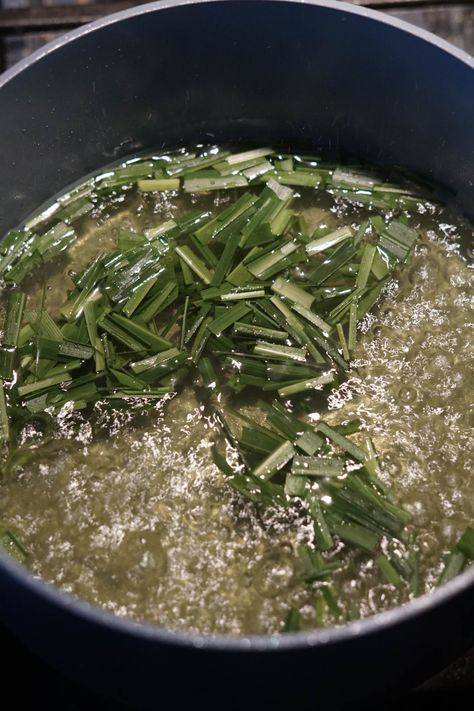Baking soda, also known as sodium bicarbonate, is an incredibly versatile and powerful ingredient that can be found in every household. It’s not just useful for baking; it also has numerous other amazing benefits. Let’s explore what happens when you start using baking soda and how it can transform your life.
1. Alleviates Heartburn and Indigestion
Do you suffer from heartburn, indigestion, or acid reflux? Baking soda can provide quick relief! As a natural antacid, it neutralizes stomach acid, bringing immediate comfort.
How to Use: Mix 1/2 teaspoon of baking soda in a glass of water and sip it slowly. Remember not to use this remedy too frequently, as it can disrupt your body’s natural pH balance.
2. Whitens Teeth
Are you dreaming of a brighter smile? Baking soda can help! Its mild abrasiveness helps remove surface stains on teeth, making it a natural teeth whitener.
How to Use: Create a paste by mixing baking soda with a little water or toothpaste. Gently brush your teeth with this paste for 2-3 minutes once a week to brighten your smile.
3. Soothes Skin Irritations
Baking soda’s anti-inflammatory and soothing properties make it an excellent remedy for skin irritations such as insect bites, rashes, and sunburn.
How to Use: Mix baking soda with water to create a paste and apply it to the affected area. Leave it on for about 10-15 minutes, then rinse off. You’ll experience a soothing relief!
4. Improves Hair Health
Do you want healthier and cleaner hair? Baking soda can be a natural solution to remove product buildup and excess oil, leaving your hair fresh and clean.
How to Use: Add 1 tablespoon of baking soda to your shampoo and wash your hair as usual. Remember to rinse thoroughly to avoid any residue.
5. Natural Deodorant
Say goodbye to unpleasant body odor with the help of baking soda! It neutralizes odor-causing bacteria, making it an effective natural alternative to commercial deodorants.
How to Use: Mix a small amount of baking soda with water or coconut oil, and gently apply it to your underarms. Enjoy the natural and refreshing feeling!
6. Cleans and Whitens Laundry
When it comes to laundry, baking soda is a game-changer! It brightens whites, softens fabrics, and eliminates odors, making it an excellent laundry booster.
How to Use: Add 1/2 cup of baking soda to your washing machine along with your regular laundry detergent. Experience the freshness and cleanliness!
7. Detoxifies Feet
Our feet work hard every day, so they deserve some pampering. Baking soda can help soothe tired feet, eliminate unpleasant odors, and remove dead skin cells.
How to Use: Dissolve 3 tablespoons of baking soda in a basin of warm water and soak your feet for 15-20 minutes. Your feet will feel refreshed and invigorated!
8. Freshens the Home
If you’re looking for a natural and effective way to remove odors from your home, baking soda is your best friend. It absorbs unpleasant smells and can be used to deodorize refrigerators, carpets, and trash bins.
How to Use: Place an open box of baking soda in your fridge or sprinkle it over your carpets before vacuuming. Say goodbye to those unwanted odors!
9. Helps with Kidney Health
Baking soda can be beneficial for those with chronic kidney disease when used under medical supervision. It helps neutralize acids in the body, promoting better kidney health.
How to Use: Whenever considering baking soda for medical purposes, it’s essential to consult a healthcare provider for proper guidance and safety.
10. Cleans Stubborn Surfaces
Baking soda is not only gentle but also effective when it comes to cleaning stubborn surfaces in your home. From kitchen countertops to sinks and stovetops, baking soda can tackle it all.
How to Use: Make a paste with baking soda and water, scrub the desired surface, and rinse with a damp cloth. Witness the magical cleaning power!
Precautions When Using Baking Soda
While baking soda offers numerous benefits, it’s important to use it wisely.
- Don’t Overuse: Overconsumption or overuse can disrupt your body’s pH balance or damage surfaces.
- Avoid Sensitive Skin: Test baking soda on a small patch of skin before applying it to larger areas if you have sensitive skin.
- Consult a Doctor: If you plan to use baking soda for medical purposes, always consult a healthcare provider to ensure your safety.
Baking soda is more than just a kitchen staple; it’s a versatile marvel with countless applications for your health, beauty, and home. Whether you’re soothing your skin, freshening your laundry, or cleaning your space, this humble powder can do it all! ?✨

